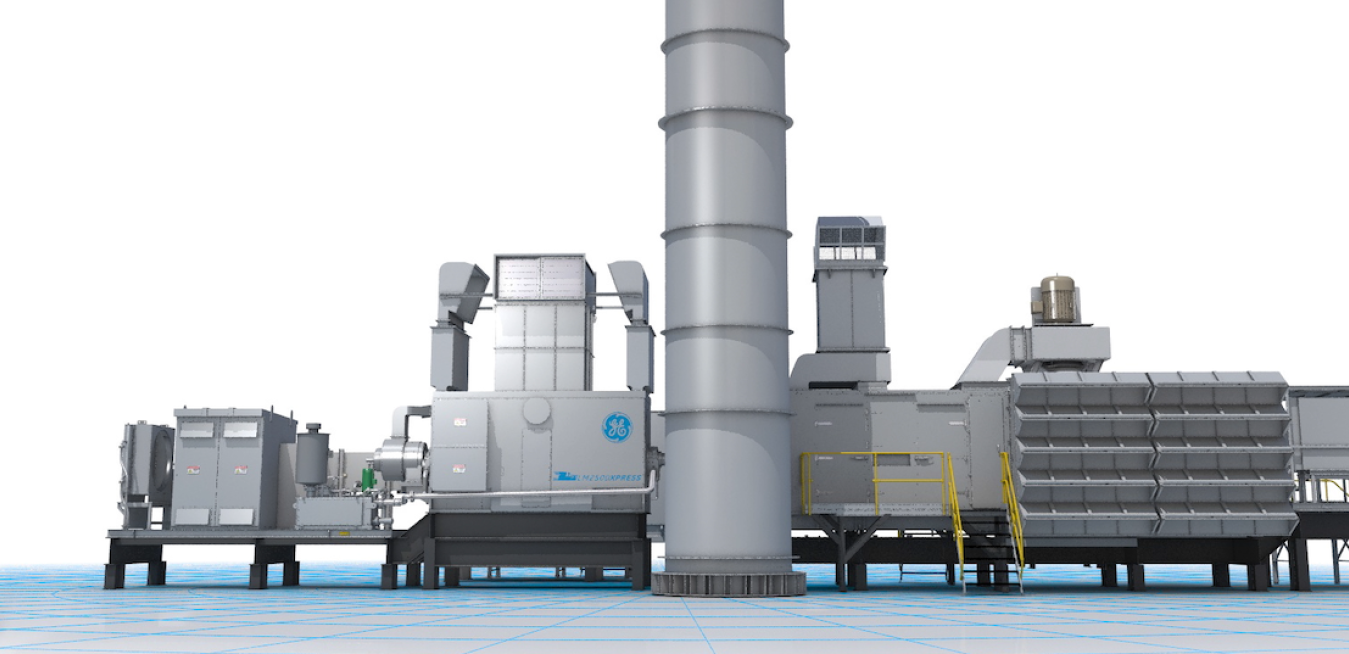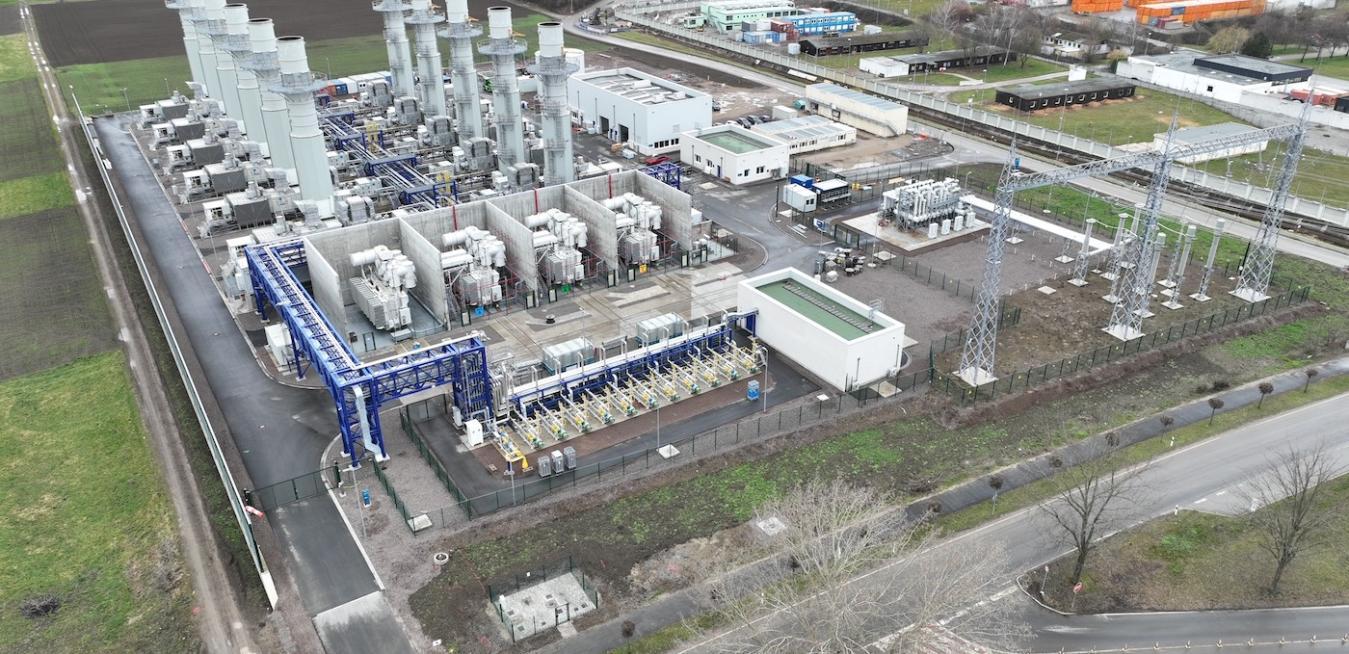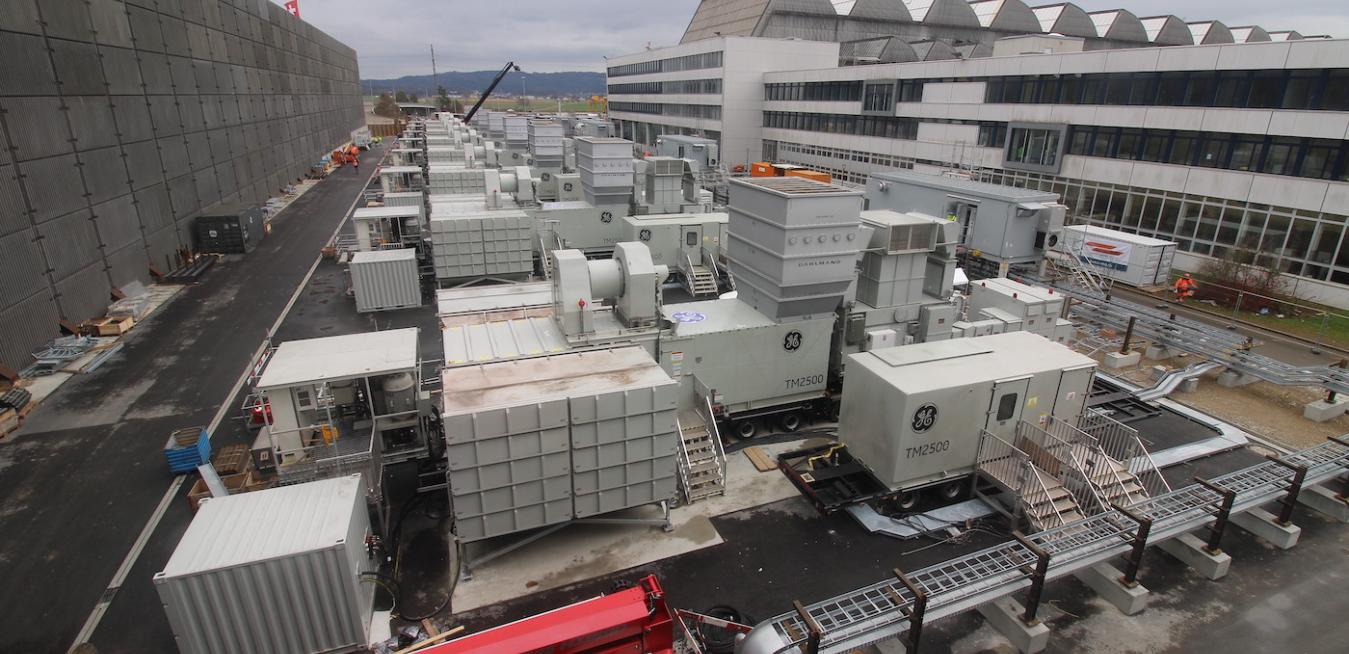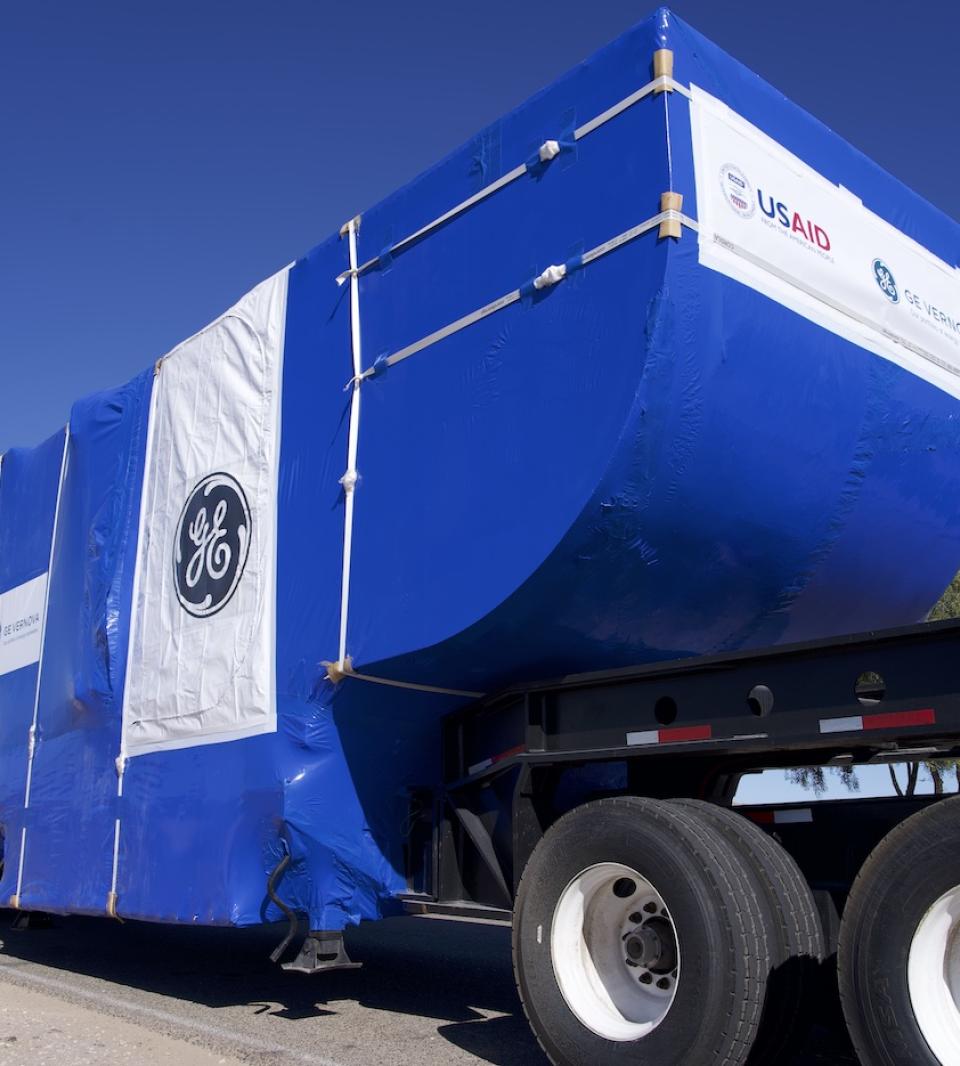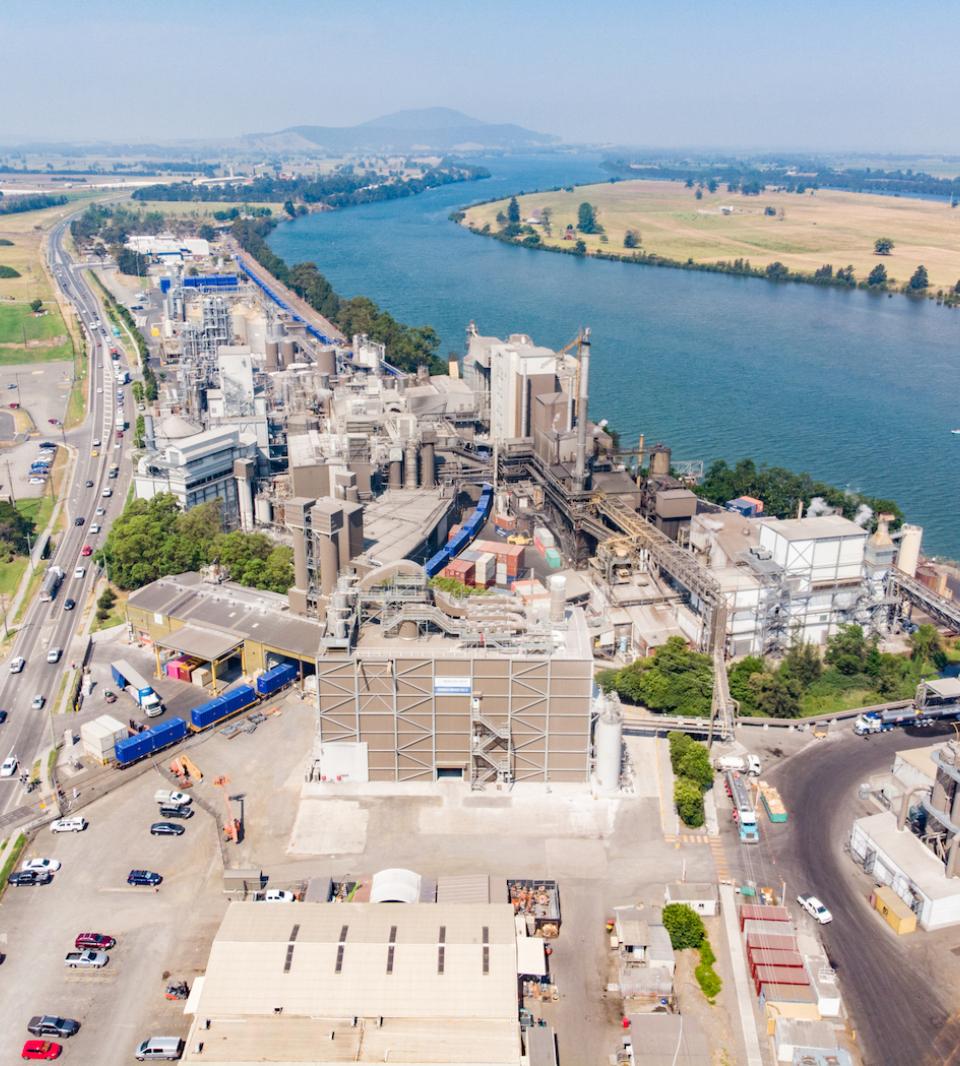Breaking up is hard to do. For communities determined to quickly adopt wind and solar, however, wriggling free from old coal-power providers is often the first step. That’s exactly what’s happened recently in Colorado, as the Federal Energy Regulatory Commission (FERC) last year granted electricity cooperative United Power’s wish to separate from Tri-State, a legacy generator.
One door closes, and another opens. Not far from one of Germany’s many retired nuclear power plants is a new kind of generator, never before seen on the country’s electricity grid. Opened in March, the 300-megawatt (MW) Biblis Grid Stability Power Plant has one job and one job only: to ensure stability in tense grid situations, when supply and demand are out of balance. In the energy system of the future, such flexible operating resources are important for secure grid operation.
Tamanrasset, an Algerian city of nearly 100,000 inhabitants in the heart of the immense Sahara Desert, seems like it’s far from everything when observed on a map. Located around 2,000 kilometers (some 1,200 miles) from the capital, Algiers, Tamanrasset is connected to the rest of the world mainly by the trans-Saharan road that crosses the largest desert in the world, from northern Algeria to Niger and beyond to the south. Food is transported mainly by road and sometimes by plane. But what about another resource that is indispensable: electricity?
Two months ago, one of GE Gas Power’s ingenious TM2500 aeroderivative trailer-mounted gas turbines rolled into war-torn Ukraine with a mission to keep the lights on at the epicenter of Europe’s security emergency.
On an average winter day in Ukraine, temperatures barely creep above freezing. Millions of residents, driven from their homes since war broke out nearly a year ago, huddle against the cold in makeshift shelters and bombed-out buildings. Millions more brace for the blackouts that have become routine since Russian forces began targeting power utilities in October.
In the summer of 2021, the New York Power Authority (NYPA) announced that it would be conducting a pilot project to temporarily replace natural gas with a green hydrogen/natural gas blend at its Brentwood Power Station on Long Island, to explore how varying percentages of hydrogen fuel would perform in the power station’s equipment and what the emissions impact would be. According to findings announced in late September, the results so far are very encouraging.
Coal-fired boilers have provided global industry with steam and power since the industrial revolution. But today, their high carbon emissions have become a liability. Given their steady and reliable output of energy, replacing them is far from simple. Australia’s Manildra Group, a large family-owned agribusiness, is now lighting the way.
But things are changing. This week, Angola, Africa’s third-largest economy, signed a deal with GE to supply the final 200 megawatts (MW) of power needed to meet the government’s goal of installing 1 gigawatt (GW) of new power generation capacity by the end of 2018.
